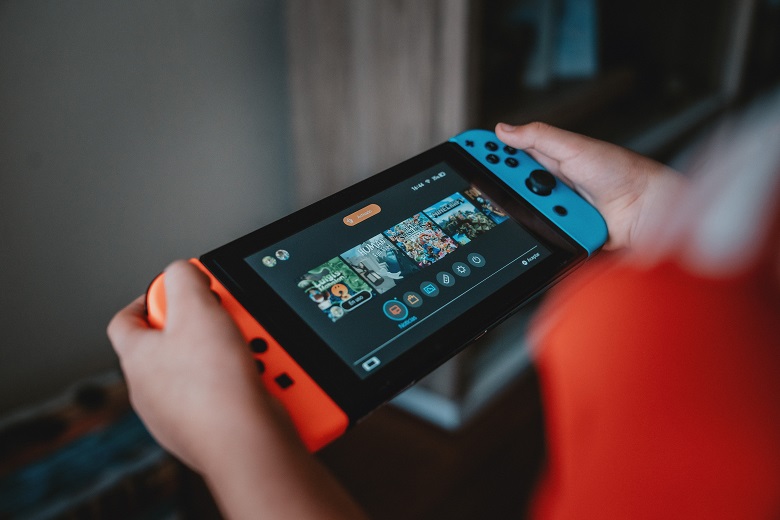This week, Nintendo announced a new model of its Switch console. The updated console features an OLED screen, a new dock with a hardwired Ethernet port, and a sleek white finish. However, the Joy-cons and CPU haven’t been improved, contrary to early reporting about the supposed Switch “Pro,” leaving fans wondering who and what this new system is for.
Those in the know realize that there are better choices for online structure. The most popular right now that fighting game players have been constantly asking for is called “rollback” net code. The Fighting Game Glossary has very graciously offered an in-depth explanation of how that system works.

“An approach to implementing net code in a fighting game that plays your own inputs immediately, and then rewinds and resimulates (or ‘rolls back’) the game if network delay causes inconsistencies, “the site explains.
“Rollback is the best known netcode solution for fighting games; since all your local inputs come out without delay, the game feels like offline play, and clever design choices can often hide any network trouble as well, leaving you with a close to flawless online experience even across long distances.”
“At this point, it’s too hard to figure out what Nintendo is thinking,” Kershaw tells Digital Trends. “They’ve been hearing the same complaints for years about internet and stuff, and they’ve done nothing.”
So if you were planning to buy one for yourself, maybe you should do some more research and then give it a thought. The end decision is obviously in your hands, and you know best what you want and what you should spend your money on. But still, try to make a well-informed decision instead of going in blind.
Explaining Nintendo’s Online System
Online video games rely on a system of rules codified in a language called netcode. There are many variants of netcode, with Nintendo reportedly using two at the moment. The first is “pia,” a “peer-to-peer” constructed network.
As Oatmealdome explains, this means that every Nintendo Switch device communicates with each other directly to serve as a node in a distributed network. Games like Splatoon 2, Mario Kart 8 Deluxe, Arms, and the Nintendo Entertainment System Online all make use of this netcode.
The second is the famed delay-based network construct from the early days of fighting games, the “archaic, delay-based netcode.” Network latency is taken into account by the netcode, which delays player inputs.
Because of the ever-changing nature of the Internet, it is difficult to reliably react and input commands. Super Smash Bros. is maybe the most famous game that use this script. Ultimate. As soon as the Switch was released, both professional and amateur players began advocating for widespread adoption of an Ethernet cable and adapter to provide the greatest potential online experiences.
Because of Nintendo’s antiquated approach to networking, maintaining a stable online experience is next to impossible. In reality, Super Smash Bros.’s shoddy netcode is a major drawback. The gameplay is drastically altered as compared to traditional, offline play thanks to Ultimate.






























